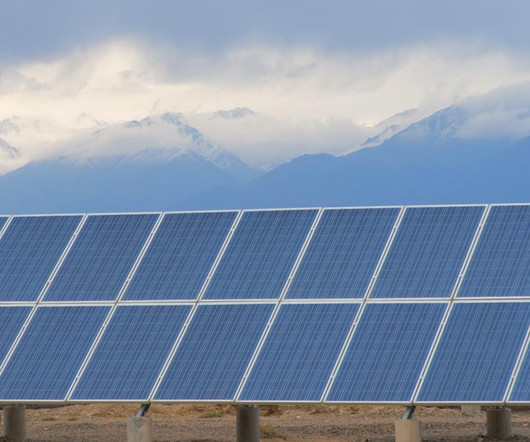IEA finds CO2 emissions flat for third straight year even as global economy grew in 2016
Green Car Congress
MARCH 18, 2017
This was the result of growing renewable power generation, switches from coal to natural gas, improvements in energy efficiency, as well as structural changes in the global economy. The decline was driven by a surge in shale gas supplies and more attractive renewable power that displaced coal.













Let's personalize your content